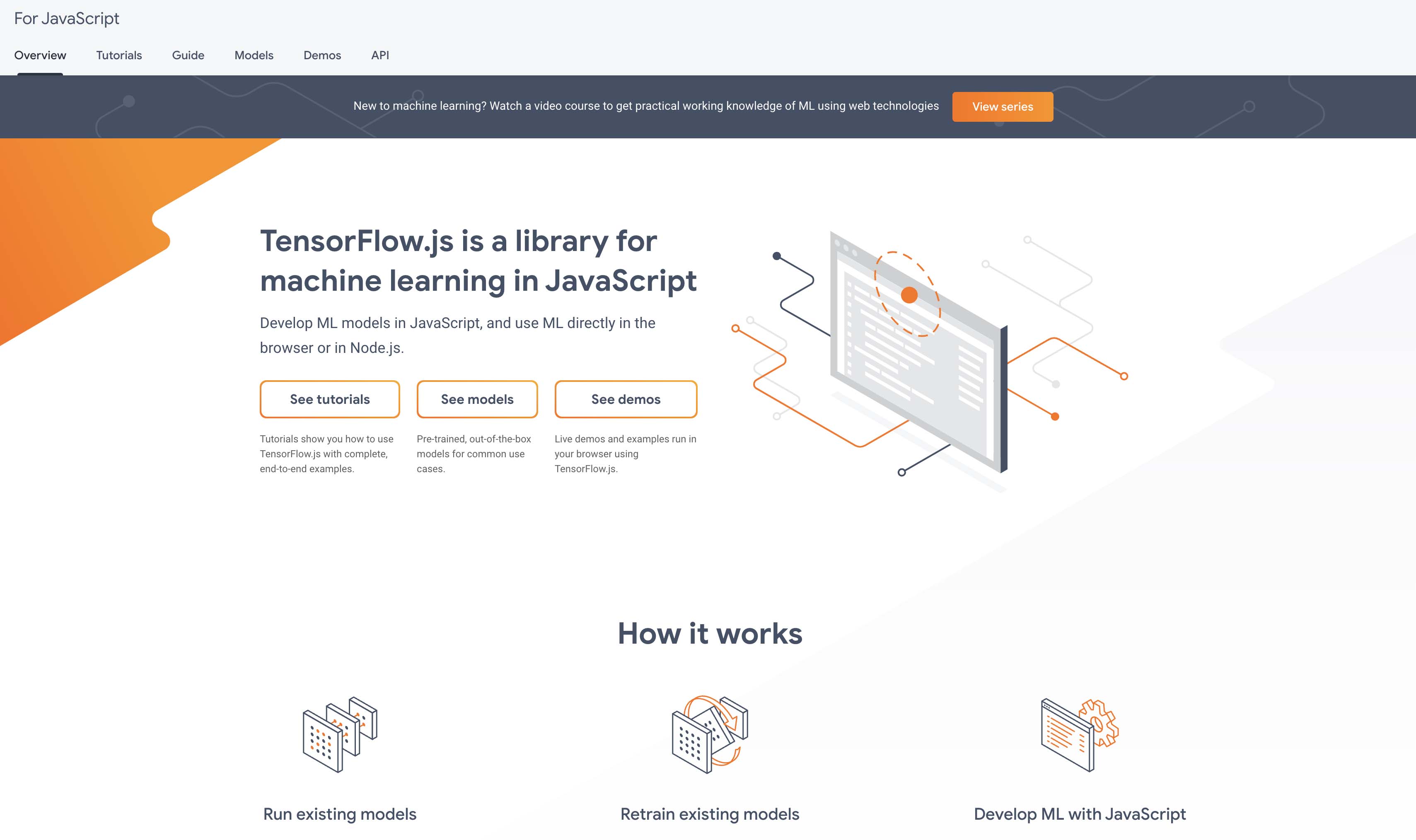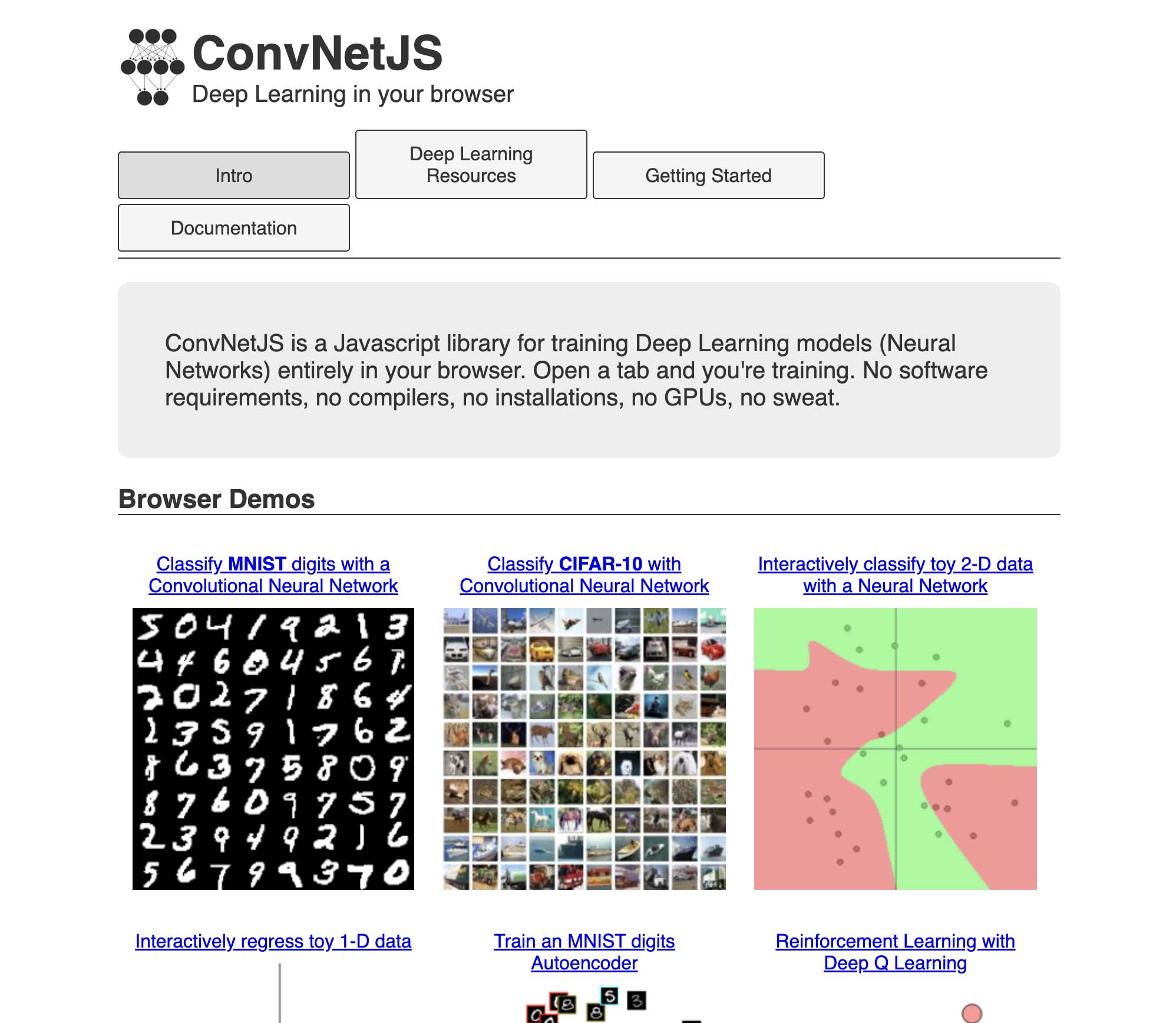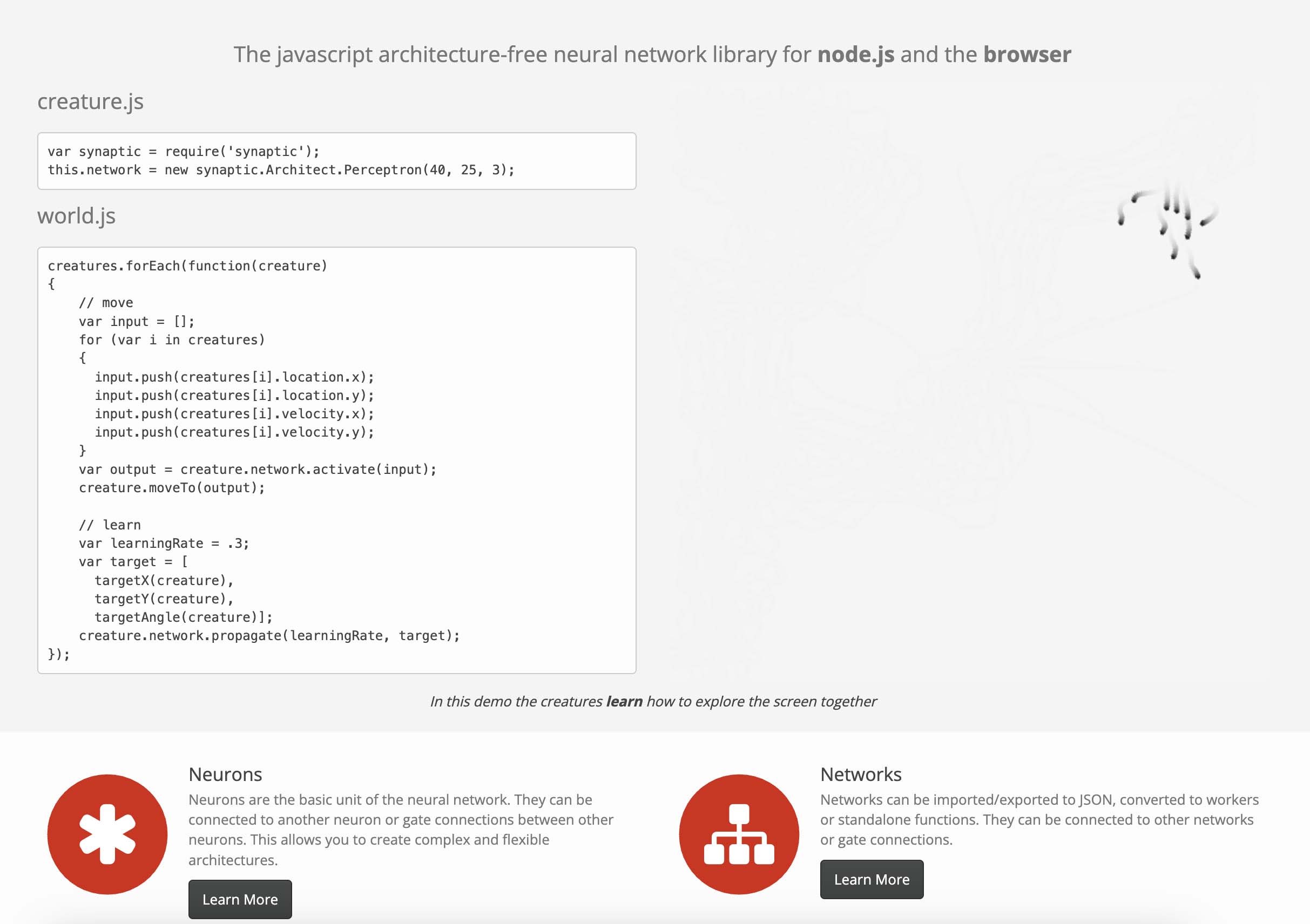
Moe Qadan
UX Designer & Developer
Publish Date
March 30, 2024
JavaScript and Artificial Intelligence: Leveraging Machine Learning in Web Development

As developers, we understand that Artificial Intelligence (AI) and machine learning (ML) are pivotal in modern software development. JavaScript, being one of the most widely-used programming languages for web development, has also embraced the integration of AI and ML to propel the creation of smarter and more interactive web applications. In this comprehensive guide, we'll discuss the fusion of JavaScript and AI, exploring the significance, libraries, frameworks, and practical implementation of machine learning in web development.
The Significance of JavaScript in Machine Learning

JavaScript's role in machine learning is increasingly prominent, primarily due to its ubiquity in web development. Integrating ML capabilities directly into JavaScript empowers developers to leverage AI-driven functionalities without switching to other programming languages. This ensures consistency in development environments and enhances productivity.
Machine Learning Libraries and Frameworks for JavaScript
JavaScript offers a plethora of ML libraries and frameworks catering to various needs and proficiency levels:
- TensorFlow.js: Developed by Google, TensorFlow.js enables seamless deployment of ML models directly in the browser or Node.js environment. It provides support for building and training neural networks, making it ideal for complex tasks such as image classification and natural language processing.

- Brain.js: Brain.js is a lightweight ML library that simplifies the implementation of neural networks in JavaScript. With its intuitive API and flexibility, it's suitable for a wide range of applications, from predictive analytics to sentiment analysis.

- ConvNetJS: ConvNetJS specializes in convolutional neural networks (CNNs), making it a go-to choice for tasks like image recognition and computer vision. Its ease of use and browser compatibility make it suitable for both educational purposes and production-grade applications.

- Synaptic: Synaptic is a powerful neural network library designed for Node.js. It offers a modular architecture and extensive documentation, making it suitable for building complex ML models and integrating them seamlessly into server-side applications.

Implementing Machine Learning in JavaScript Applications
Integrating machine learning into JavaScript applications involves several key steps:
- Data Collection and Preprocessing: Gather relevant data and preprocess it to ensure compatibility with the chosen ML algorithm.
- Algorithm Selection: Choose an appropriate ML algorithm based on the nature of the problem and available data.
- Model Training: Train the ML model using the collected data to learn patterns and make predictions.
- Model Testing: Evaluate the performance of the trained model using separate test data to ensure its accuracy and reliability.
- Model Deployment: Deploy the trained model in production environments, either in the browser or on the server, to enable real-time inference and decision-making.
Practical Applications of Machine Learning in JavaScript
Machine learning can revolutionize various aspects of web development, including:
- Image Recognition: Implementing convolutional neural networks (CNNs) for image classification, object detection, and facial recognition in web applications.
- Natural Language Processing: Utilizing recurrent neural networks (RNNs) for sentiment analysis, text summarization, and language translation tasks.
- Predictive Analytics: Employing regression algorithms for forecasting, trend analysis, and personalized recommendations based on user behavior.
Conclusion

JavaScript's integration with artificial intelligence and machine learning heralds a new era of innovation in web development. By harnessing the power of ML libraries and frameworks, developers can create intelligent, data-driven web applications that deliver personalized experiences and drive user engagement. As we continue to explore the possibilities of JavaScript in AI, let's embrace this transformative technology and unlock new opportunities in the ever-evolving landscape of web development.
Additional Resources

Moe Qadan
UX Designer & Developer






